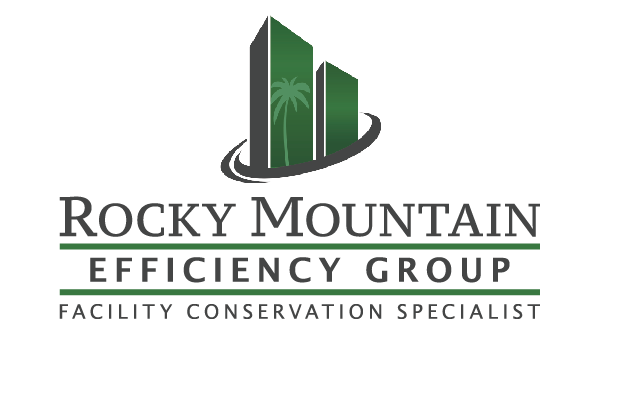Maximizing Commercial Water Efficiency
Public Use Water Reduction
Commercial facilities often seem powerless when attempting to reduce the vital resource of water. With rising costs and increasing environmental concerns, implementing water-saving measures is more important than ever. Today’s blog outlines effective strategies to reduce water usage in commercial settings, benefiting both the environment and your bottom line.
1. Conduct a Water Audit
Before implementing any water-saving measures, it’s essential to understand your facility's current water usage. You can identify areas of water waste by conducting a water audit. Look for: Water bills: Analyze monthly usage patterns. Attempt to determine the water used by HVAC (if any) by charting and removing the summer spikes.
Leaky fixtures and running water: Ensure you inspect for visible leaks in fixtures and running toilets. Additionally, keep an eye out for any unnecessary running water near HVAC equipment and kitchens. Inefficient Systems: Irrigation and commercial laundry Equipment consume a significant amount of water and can both benefit from advanced solutions; please read on for further details.
2. Install Water-Efficient Fixtures or Retrofits
Adding affordable retrofit parts or upgrading to water-efficient fixtures can significantly reduce water consumption. Consider automatic sensing or flow restrictors for faucets. These can reduce water flow without sacrificing pressure. Search for more efficient but effective shower heads. Check shower flow with a timed bucket test and attempt to find a head that will reduce flow without reducing shower quality. This is a delicate balance, as guests in public facilities dislike low-flow showerheads.
Toilet retrofits and dual-flush toilets: Allow users to choose between a low flush for liquid waste and a full flush for solid waste. New commercial fixture heads can do this automatically. You can also use multiple retrofit pieces to stem the flow of standard toilet fixtures.
3. Optimize Landscaping
If your facility has outdoor spaces, landscaping can be a major water consumer. Here are some tips to create a water-efficient landscape:
Advanced Weather-Based Irrigation refers to new systems that use predictive weather-based analysis to determine when and how much to water.
Native plants: Use drought-resistant plants that require less watering.
Drip irrigation systems: Target water directly to plant roots, reducing waste.
Mulching: Apply mulch around plants to retain moisture and reduce evaporation.
4. Implement Smart Technology
Technology can play a significant role in water conservation. Consider these solutions:
The Water Flow Management Valve: By compressing the air and reducing turbulence, this single valve on the user's side of a water meter can reduce the spin of the water meter. This valve is responsible for reducing water bills from 10 to 20% in the nation’s largest bottling facilities, condominiums, and hotels by modifying flow dynamics without limiting flow. For more information on this process, request a quote here.
Commercial Laundry Ozone: These systems eliminate bacteria and viruses in laundry with ozone instead of hot water and soap. These systems will save water, natural gas, soap, and electricity and deliver higher-quality sanitized laundry. (reducing liability)
Leak detection systems: These can alert you to leaks in real-time, minimizing water waste.
Submetering can help with water flow analysis and potentially lower sewer charges if your facility uses water for processing, your final product, or evaporation.
Water usage monitoring software: Track and analyze water consumption patterns for better decision-making.
5. Educate and engage the staff.
Employee awareness and involvement are crucial for any water-saving initiative. Promote water conservation through: Training sessions, Teach staff about the importance of water conservation and how they can contribute. Signage, Place reminders near sinks and restrooms to encourage mindful water use. Incentive programs, Consider rewarding teams or individuals for achieving water-saving goals.
6. Regular maintenance.
Routine maintenance can help prevent water waste from leaks and inefficient systems. Establish a regular schedule for: Plumbing inspections, Look for leaks in pipes, faucets, and toilets. Service appliances, Ensure dishwashers and washing machines are operating efficiently. Install weather-based irrigation systems and verify that they are functioning correctly and not overwatering.
Conclusion
Reducing water usage in a commercial facility not only lowers operating costs but also demonstrates a commitment to sustainability. By installing advanced systems and fixture retrofits, conducting audits, upgrading fixtures, optimizing landscaping, educating staff, and maintaining systems, your facility can significantly conserve water. Taking these steps not only protects our precious water resources but also positions your business as a responsible and forward-thinking entity in today’s environmentally conscious market. Start today and make a positive impact on both your business and the planet!
